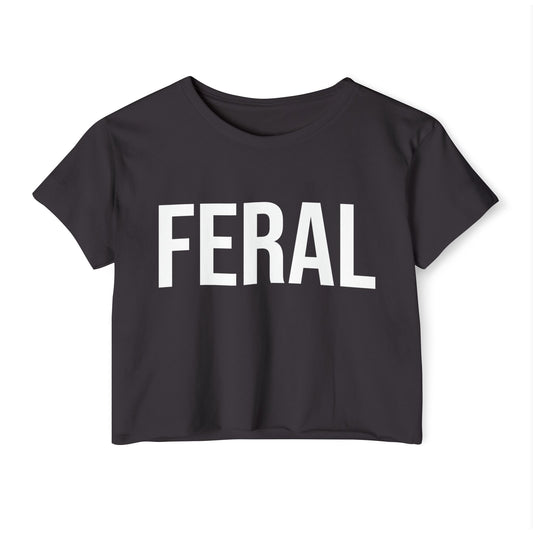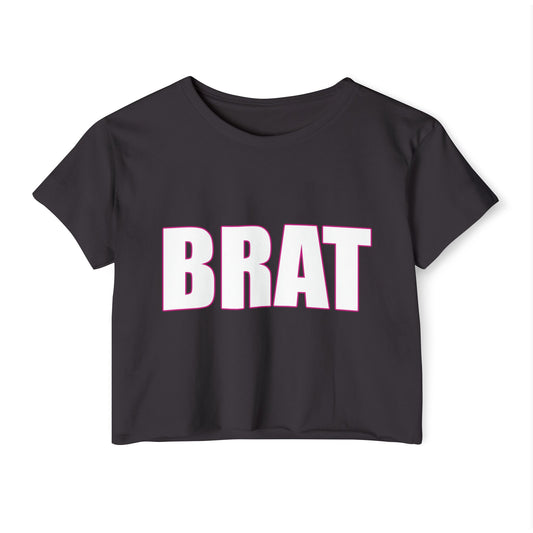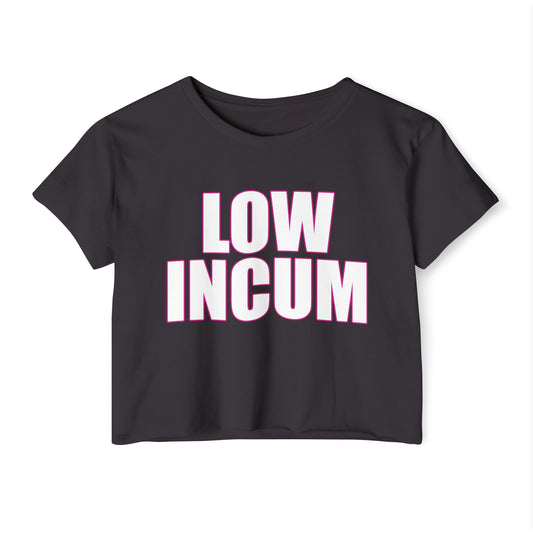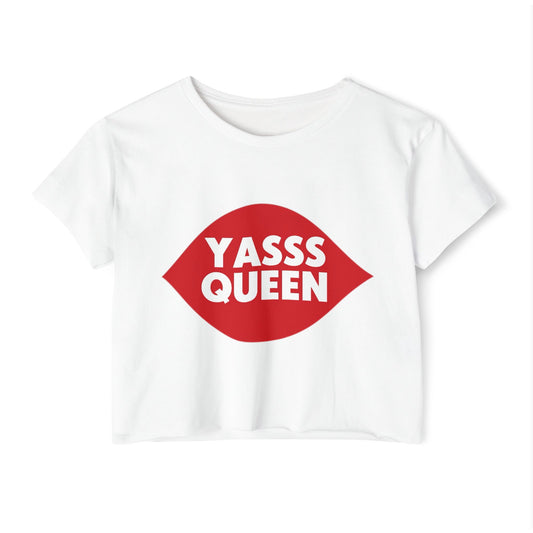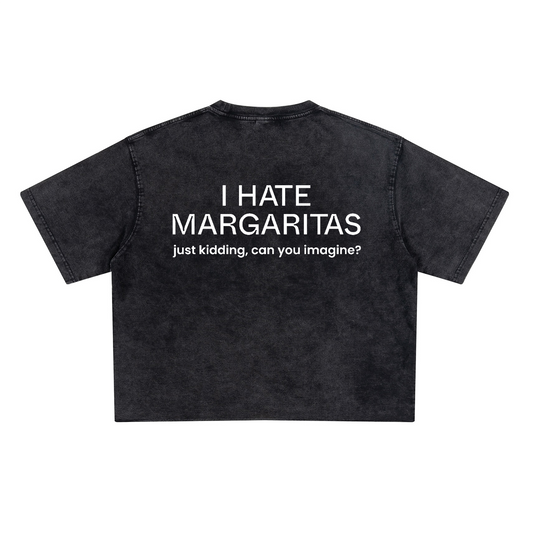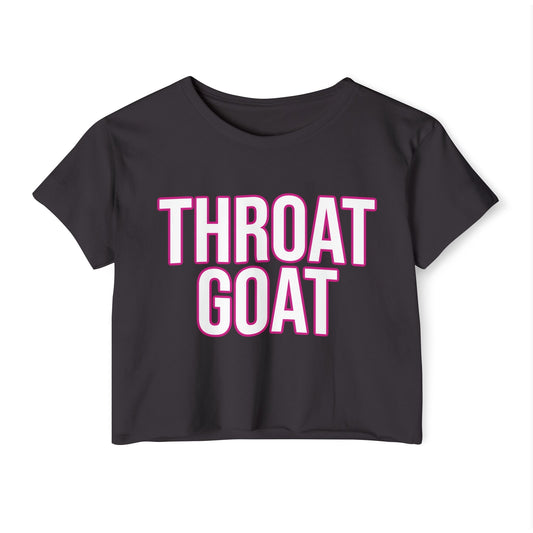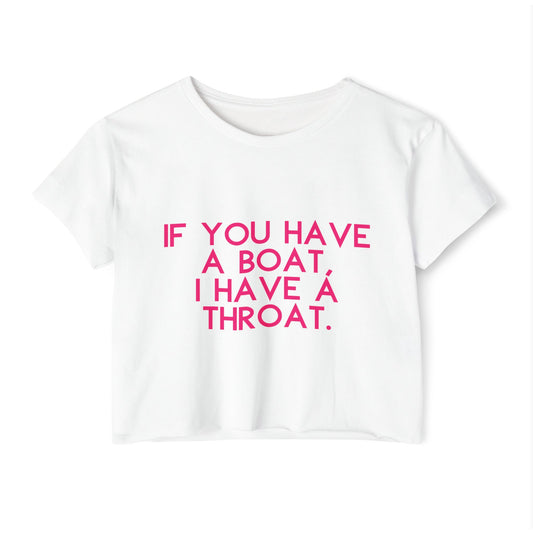
Why Big Cocks Rule the Roost: Secrets of These Majestic Birds
bayou wehoShare
The Majestic Rise of Large Roosters in Poultry Farming
When it comes to poultry farming, size often matters. Large roosters, commonly referred to as big cocks in farming circles, have established themselves as dominant figures in farmyards worldwide. These magnificent birds command attention not just for their impressive stature, but also for the numerous benefits they bring to poultry management. Their dominance extends beyond mere physical presence—it encompasses breeding efficiency, flock protection, and overall farm productivity.
Understanding what makes these majestic birds rule the roost requires delving into their behavior, biology, and the cultural significance they hold in agricultural communities. From their distinctive crowing at dawn to their protective instincts, large roosters play a pivotal role in maintaining healthy, productive flocks while adding a visual splendor to any farmyard.
The Biology Behind Big Roosters
The impressive size of certain rooster breeds isn't merely coincidental—it's the result of careful selective breeding and natural adaptation. These magnificent birds can reach heights of up to 30 inches and weigh over 12 pounds, depending on the breed. Their substantial physical presence serves multiple evolutionary purposes, from attracting hens to intimidating potential predators.
When exploring what makes a rooster grow to impressive dimensions, it's impossible to overlook the role of genetics. Breeds like the Jersey Giant, Brahma, and Cochin have been specifically developed for their substantial size. While wearing proper attire during farm work is essential, many enthusiasts find themselves struggling with appropriate clothing that allows for comfort while working with these impressive birds.
The Brat Crop Top offers an excellent solution for those spending long hours tending to their poultry. This comfortable, durable top provides the perfect balance of coverage and freedom of movement that's essential when working with large roosters. The breathable fabric prevents overheating during those warm days in the coop, while its stylish design ensures you look good while handling your farm duties.
The crop top's practical design makes it ideal for quick movements needed when handling large, sometimes unpredictable roosters. Its durable construction stands up to the rigors of farm life, making it a worthwhile investment for serious poultry enthusiasts.
Genetic Factors in Rooster Size
The genetic makeup of large roosters is a fascinating study in selective breeding. Certain genes control growth hormone production, bone density, and muscle development—all crucial factors in determining a rooster's ultimate size. Historically, farmers have selected for these traits, creating lineages of exceptionally large birds that pass these characteristics to their offspring.
Interestingly, the genes for size often correlate with other desirable traits. Many larger rooster breeds demonstrate enhanced disease resistance, longevity, and adaptability to various climates. This polygenic inheritance pattern makes large roosters particularly valuable in breeding programs aimed at developing hardier, more productive flocks.
The Social Hierarchy: How Large Roosters Maintain Order
In the complex social structure of a chicken flock, size significantly influences the establishment and maintenance of the pecking order. Large roosters naturally ascend to the apex of this hierarchy, using their impressive physical presence to assert dominance without necessarily resorting to aggression. This natural leadership brings structure and stability to the entire flock.
The dominance displayed by big cocks isn't merely about physical intimidation—it reflects a sophisticated social system that has evolved over thousands of years. Their commanding presence often reduces conflict among subordinate birds, creating a more peaceful coop environment.
Communication Methods of Dominant Roosters
Large roosters employ a diverse repertoire of vocalizations and body language to maintain their authority. Beyond the familiar dawn crowing, these birds utilize at least 20 distinct calls, each serving specific communicative functions. The "food call," for instance, alerts hens to discovered food sources, while warning calls signal different types of threats based on whether the danger comes from land or sky.
"The vocal complexity of large roosters is unmatched in the poultry world. Their ability to modulate their calls based on context demonstrates a cognitive sophistication that many overlook in these magnificent birds."
- Dr. Avian Thompson, Poultry Behavior Specialist
Body language plays an equally important role. The characteristic puffing of feathers, wing displays, and the distinctive high-stepping gait are all part of how large roosters communicate their status. These visual signals establish boundaries and expectations within the flock without requiring physical confrontations.
Protective Abilities of Large Roosters
One of the most valuable attributes of big cocks is their exceptional protective instinct. These vigilant sentinels maintain constant awareness of their surroundings, immediately alerting the flock to potential dangers. Their willingness to confront predators significantly larger than themselves demonstrates remarkable courage that can mean the difference between a secure flock and devastating losses.
The protective nature of large roosters manifests in several ways. They perform regular perimeter checks of their territory, position themselves between perceived threats and their hens, and employ strategic vocalizations to communicate specific danger types to the flock.
Predator Recognition and Response
Large roosters possess an almost uncanny ability to differentiate between various predator types and adjust their defensive strategies accordingly. When facing ground predators like foxes or raccoons, they typically employ direct confrontation tactics, while aerial threats might trigger protective herding behaviors to guide hens toward cover.
Research indicates that experienced roosters can distinguish between genuinely threatening situations and harmless disturbances, conserving their energy for true emergencies. This discernment develops with age, making mature roosters particularly valuable flock guardians.
Breeding Advantages of Large Roosters
The reproductive efficiency of big cocks represents one of their most significant contributions to poultry management. Their size correlates with increased fertility rates and genetic vigor, resulting in larger clutches of viable eggs. Additionally, hens often demonstrate preference for larger, more dominant roosters, facilitating natural breeding without human intervention.
- Higher fertility rates compared to smaller roosters
- Greater genetic diversity in offspring
- Improved hatch rates for fertilized eggs
- Enhanced vigor in resulting chicks
The genetic contributions of large roosters extend beyond mere size inheritance. Many pass along desirable traits like enhanced egg production in daughters, improved meat quality in sons, and overall disease resistance throughout their lineage.
Offspring Quality and Characteristics
The progeny of large roosters typically demonstrate superior development metrics. Chicks often exhibit accelerated growth rates, reaching market weight more quickly than offspring from smaller sires. This growth efficiency translates directly to economic advantages for commercial operations and enhanced sustainability for small-scale farmers.
Beyond physical characteristics, the offspring frequently inherit the protective instincts and social intelligence that make their sires such valuable flock members. This behavioral inheritance ensures the perpetuation of beneficial traits through multiple generations.
Selecting the Right Large Rooster for Your Flock
Choosing the ideal large rooster requires careful consideration of multiple factors beyond mere size. Temperament plays a crucial role—the most effective flock leaders combine confidence with restraint, protecting without excessive aggression. Genetic background, health indicators, and compatibility with existing flock dynamics all merit evaluation.
| Breed | Average Weight | Temperament | Climate Suitability |
|---|---|---|---|
| Jersey Giant | 13-15 lbs | Docile, gentle | Cold-hardy |
| Brahma | 10-12 lbs | Calm, friendly | Adaptable |
| Cochin | 9-11 lbs | Exceptionally gentle | Cold-tolerant |
| Malay | 9-11 lbs | Assertive, territorial | Heat-tolerant |
When introducing a new large rooster to an established flock, gradual integration techniques yield the best results. Allowing visual familiarity before physical contact, providing adequate space, and monitoring early interactions helps establish a stable hierarchy without excessive conflict.
Health Indicators in Quality Roosters
A truly exceptional large rooster displays unmistakable signs of robust health. Look for bright, clear eyes, vibrant comb and wattle coloration, and glossy, complete feathering. Leg strength deserves particular attention—large roosters require sturdy limbs to support their substantial weight and perform breeding duties effectively.
Respiratory health indicators include clean nostrils, smooth breathing, and energetic movement without fatigue. These markers not only predict the individual's longevity but also suggest genetic quality that will benefit offspring.
Frequently Asked Questions About Large Roosters
Poultry enthusiasts often have specific questions about managing and benefiting from large roosters. Addressing these common inquiries provides valuable insights for both novice and experienced flock keepers.
How many hens can one large rooster service?
The optimal hen-to-rooster ratio depends on several factors, including breed, age, and management system. As a general guideline, large roosters can effectively service between 8-12 hens while maintaining fertility rates and preventing hen fatigue from excessive mounting. In free-range settings, slightly higher ratios may prove successful due to the natural spacing of breeding activities throughout the day.
For exhibition breeders seeking maximum fertility for specific pairings, lower ratios of 5-6 hens per rooster often yield better results. Commercial operations sometimes implement higher ratios of up to 15 hens per rooster, though this may reduce fertility percentages slightly.
Do large roosters require special nutrition?
The nutritional needs of big cocks differ somewhat from standard-sized roosters. Their substantial muscle mass and larger frame require higher protein intake—typically 16-18% protein feeds compared to the 14-16% sufficient for smaller birds. Calcium supplementation should be carefully managed, as roosters don't require the high calcium levels beneficial to laying hens.
Strategic supplementation with additional nutrients like tryptophan has shown promise in moderating aggressive tendencies in some large roosters, potentially enhancing their value as flock leaders without compromising protective instincts.









